
Armchair travel around the world!
Start your reading adventures with our FREE Reading Atlas.

- Around the World in 14 Books
- 7 Thrilling Book Series
- 6 Audiobooks That Are Like Theater For Your Ears


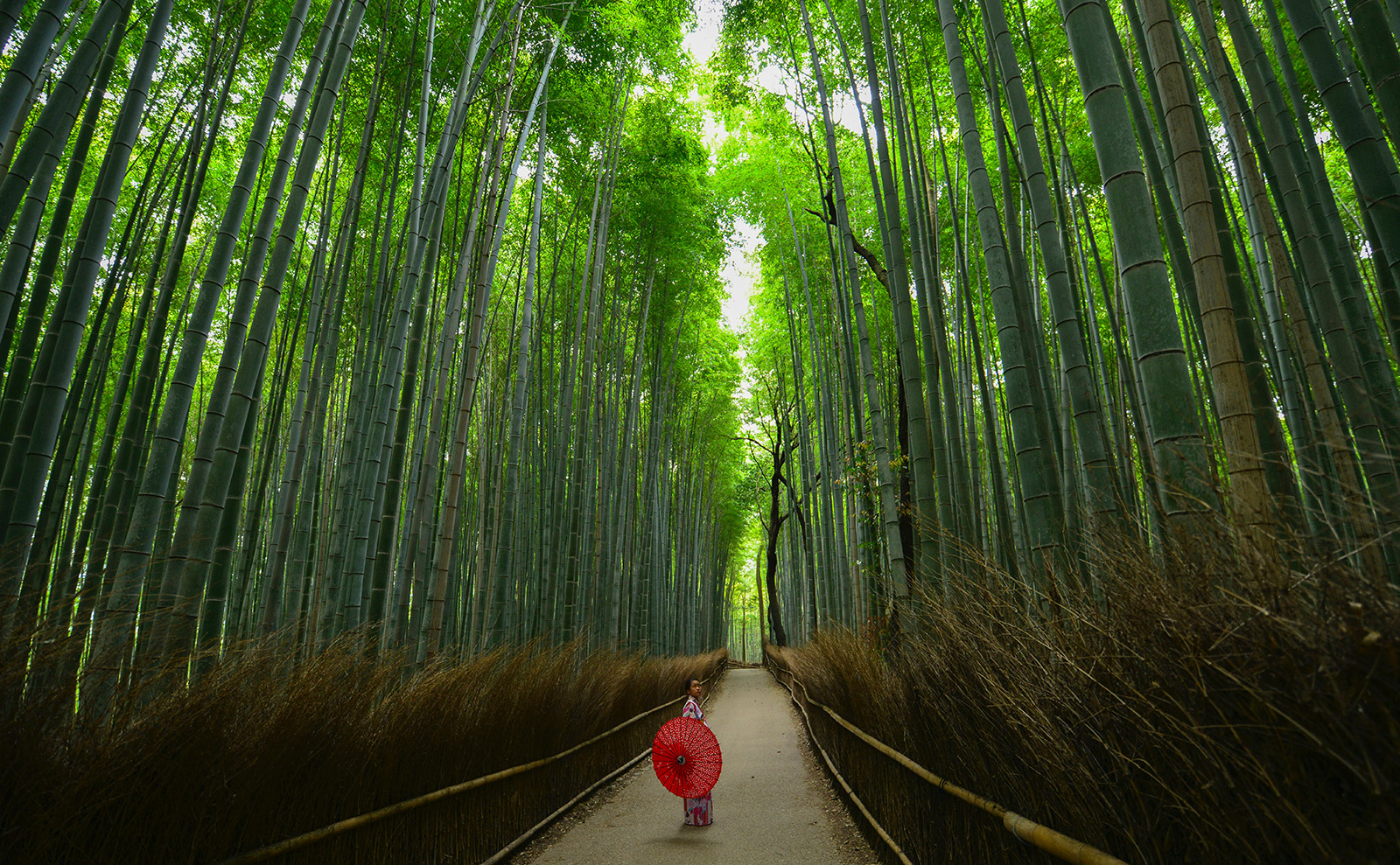
That cool green wonderland above is the Sagano Bamboo Forest in the Arashiyama district of Kyoto. Within the grove, visitors are treated to the gentle rustling of the leaves and creaking of the boughs as they sway in the breeze. The sound of the forest was included on a list of ‘100 Soundscapes in Japan’ compiled by the Ministry of Environment to honor Japan’s natural music.
In Episode 03 of our podcast Japan: Family Honor and Super-Cute Stuff we talked about the rhythm of Tokyo and the varied geography of the rest of Japan. Here are a few snapshots of Japan that take you beyond its modern urban landscape.

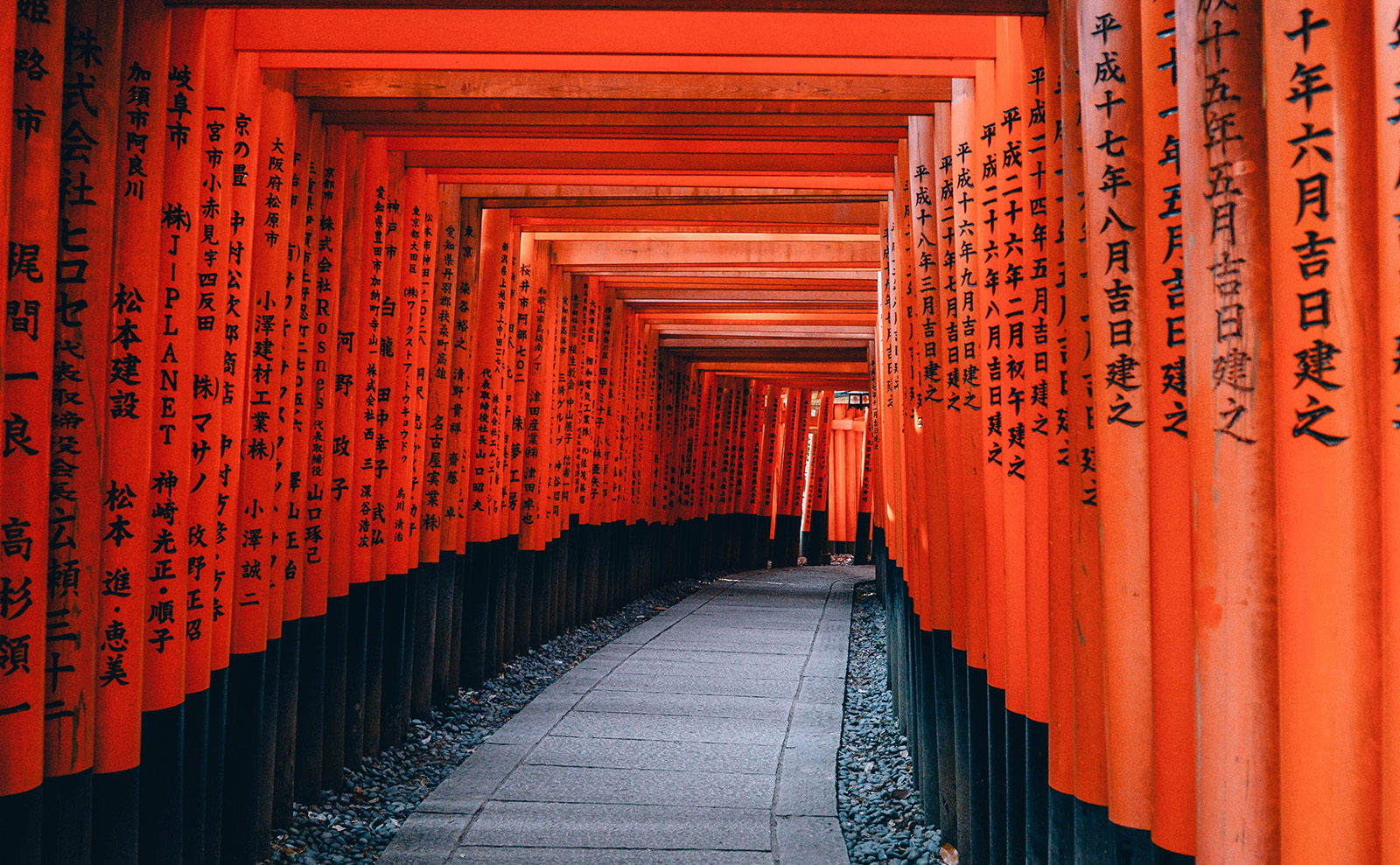
To reach this Shinto shrine, visitors walk on paths that pass beneath thousands of the orange-and-black torri gates that typically mark the entrances to shrines. These gates, the Senbon Torii, were donated by individuals and companies. Each gate is inscribed with the donor’s name and is given in the hope that a wish will come true — or in gratitude for a wish that has become a reality. {more}
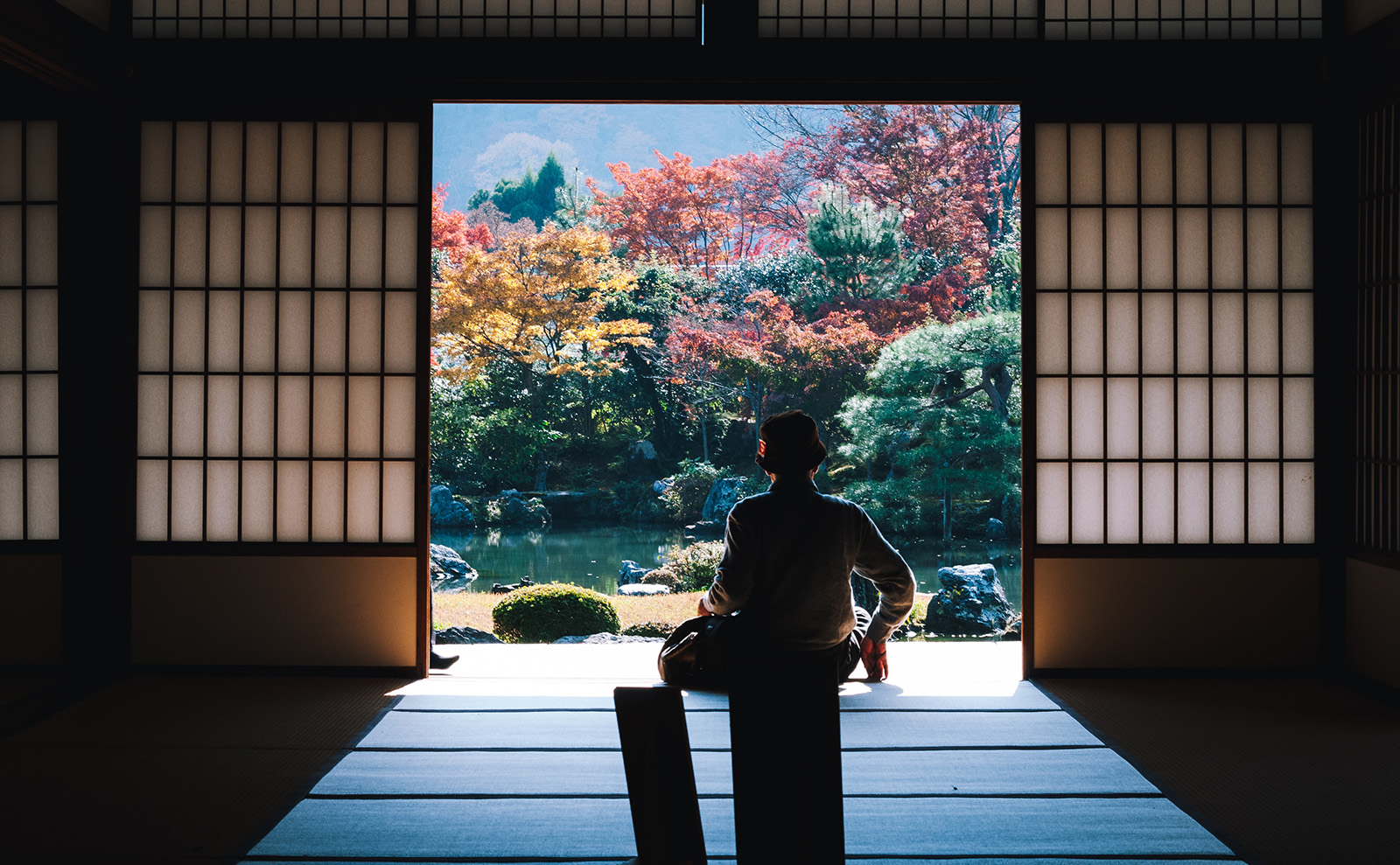
This is the view of the garden from inside the Zen Buddhist temple. Built in the mid-14th century, it has been the victim of fires seven times (!), and this version dates from the 19th century. {more}
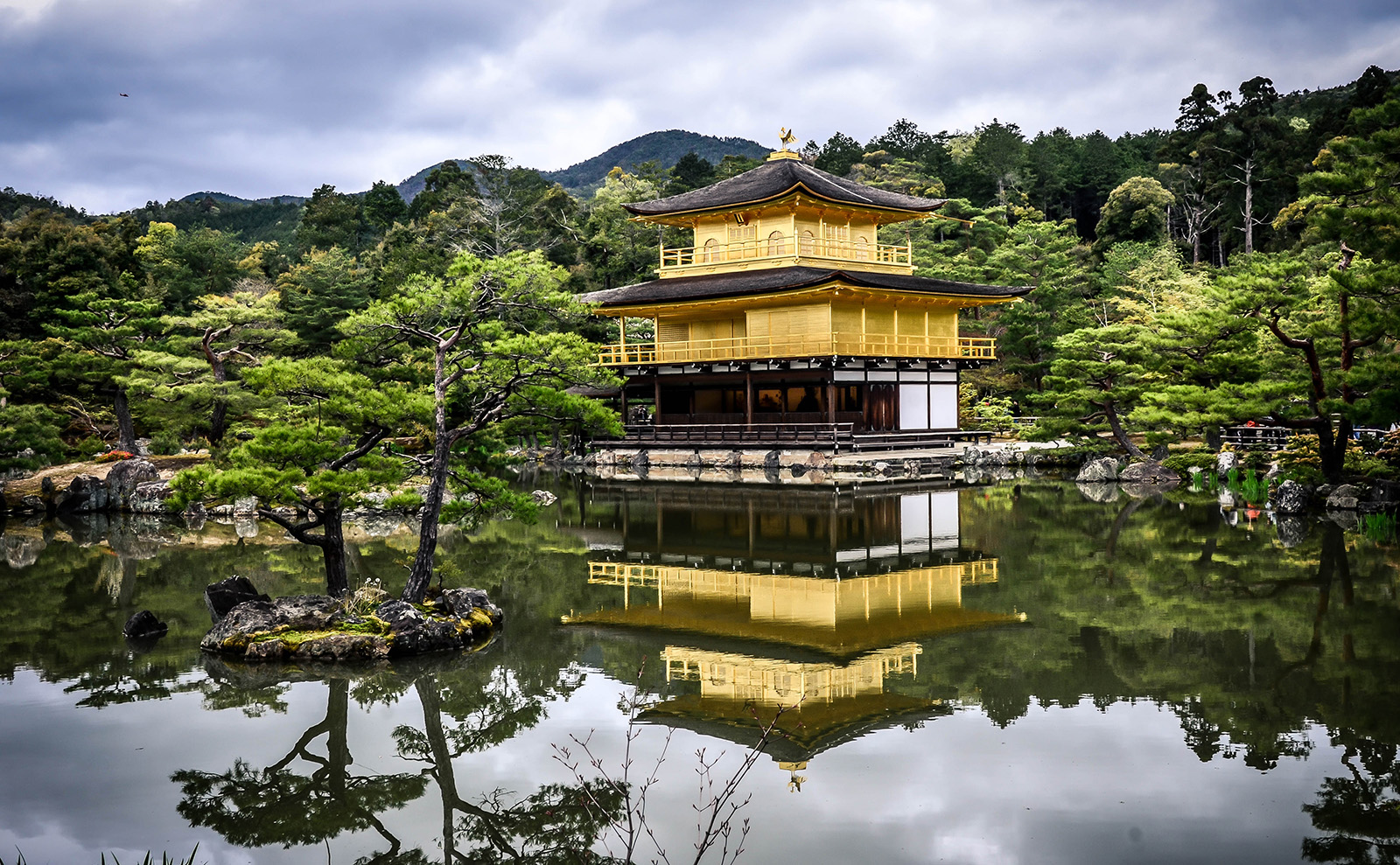
The name of this Zen Buddhist temple literally means ‘Temple of the Golden Pavilion,’ and so it is: The top two floors are completely covered in gold leaf. The temple was the retirement home of the shogun Ashikaga Yoshimitsu, and according to his will, it became a Zen temple after his death in 1408. {more}
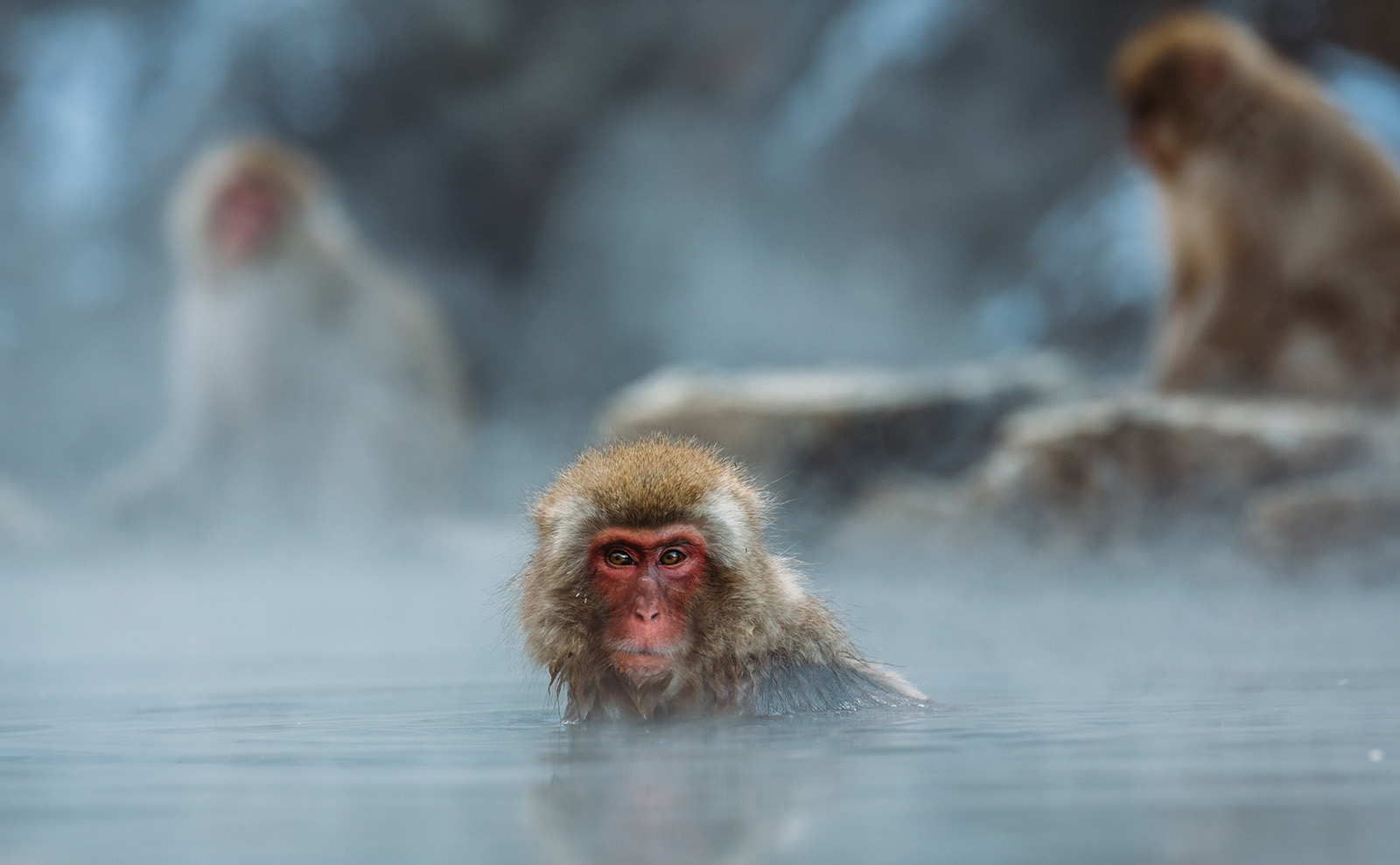
The Joshinetsu Kogen National Park is famous for its wild, hot-spring-loving Japanese macaques, a.k.a., snow monkeys. They descend from the steep cliffs and forest to soak in the hot springs (known as onsen), then return to their homes in the forests at night. {more}
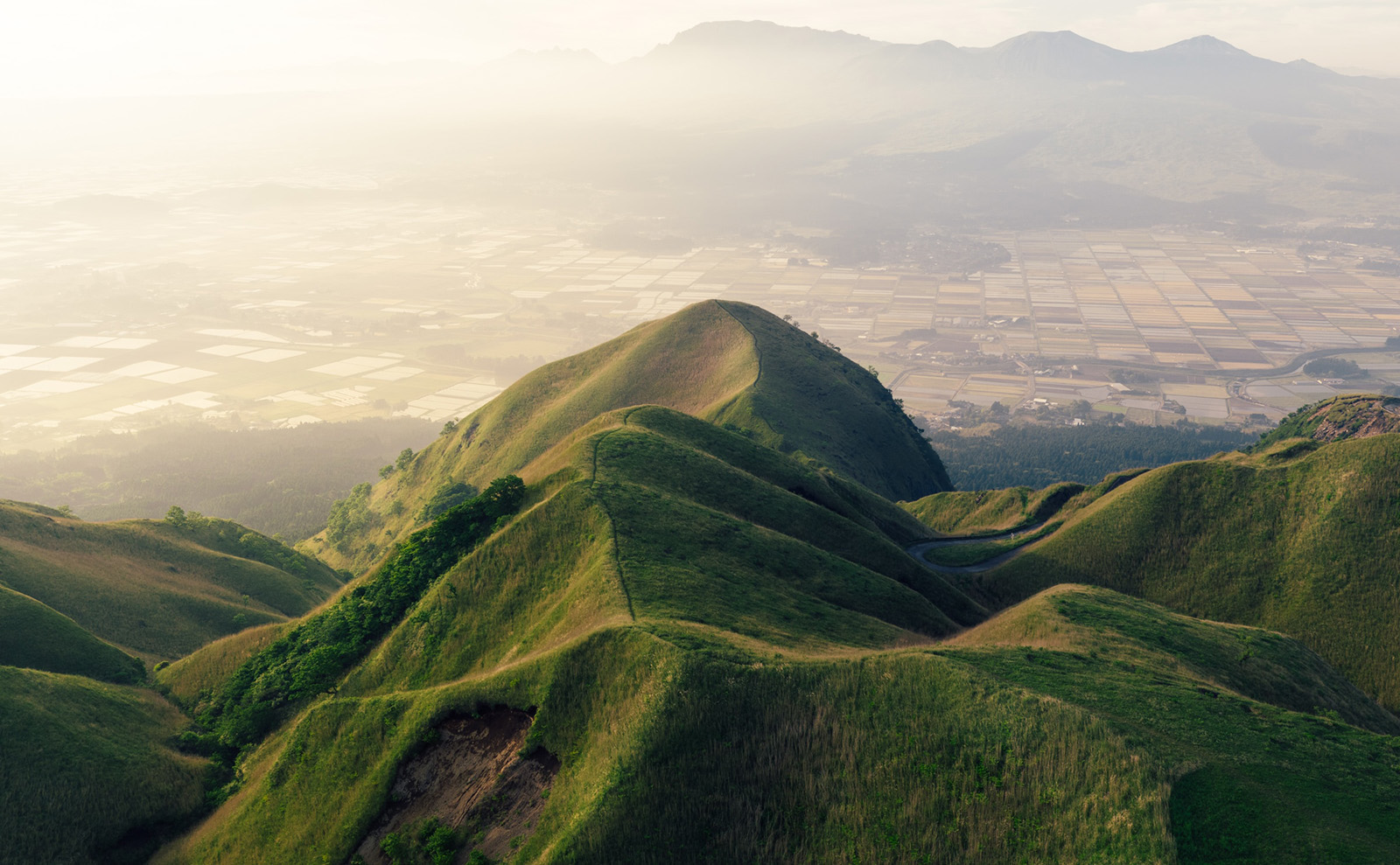
The active volcano at the center of Mount Aso is named for the god Nakadake. It’s the largest and most active volcano in Japan. Visitors can ride to the top on a cable car that delivers views of the surrounding Kusasenri plain and the dramatic volcanic crater. {more}
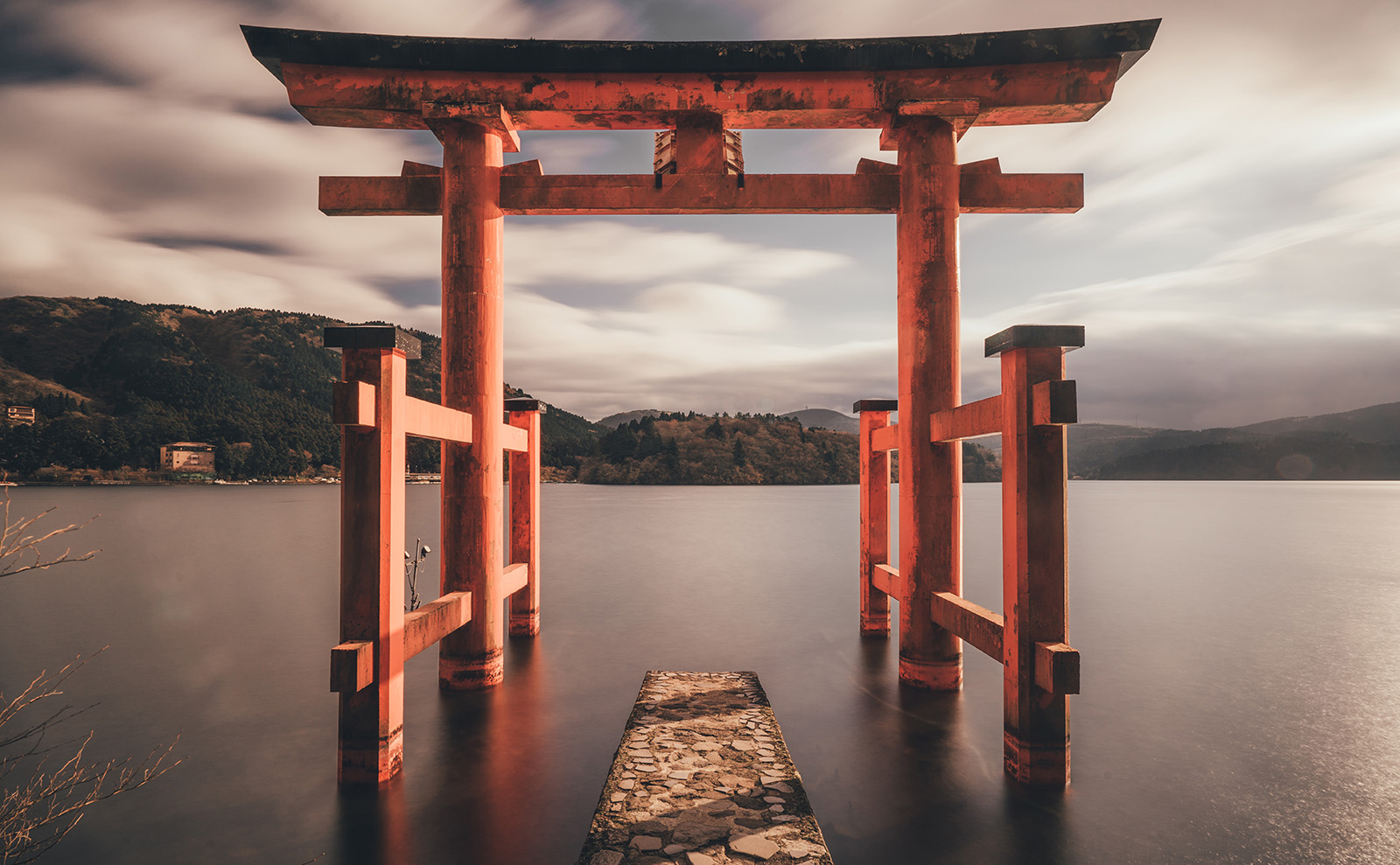
This Shinto shrine is found on the shore of Lake Ashi, a crater lake that sits in the caldera (crater) of volcanic Mount Hakone — which last erupted in 1170. This shrine was originally founded in 757 at the summit of the mountain; it was very popular with samurai during the Kamakura period (1185–1333) when samurai were on the rise. The shrine was moved to its lakeside location in the 17th century. {more}

Top image courtesy of Walter Mario Stein.
Want to keep up with our book-related adventures? Sign up for our newsletter!
Can you help us? If you like this article, share it your friends!
Strong Sense of Place is a website and podcast dedicated to literary travel and books we love. Reading good books increases empathy. Empathy is good for all of us and the amazing world we inhabit.
Strong Sense of Place is a listener-supported podcast. If you like the work we do, you can help make it happen by joining our Patreon! That'll unlock bonus content for you, too — including Mel's secret book reviews and Dave's behind-the-scenes notes for the latest Two Truths and a Lie.
Join our Substack to get our FREE newsletter with podcast updates and behind-the-scenes info — and join in fun chats about books and travel with other lovely readers.

We'll share enough detail to help you decide if a book is for you, but we'll never ruin plot twists or give away the ending.
Content on this site is ©2025 by Smudge Publishing, unless otherwise noted. Peace be with you, person who reads the small type.